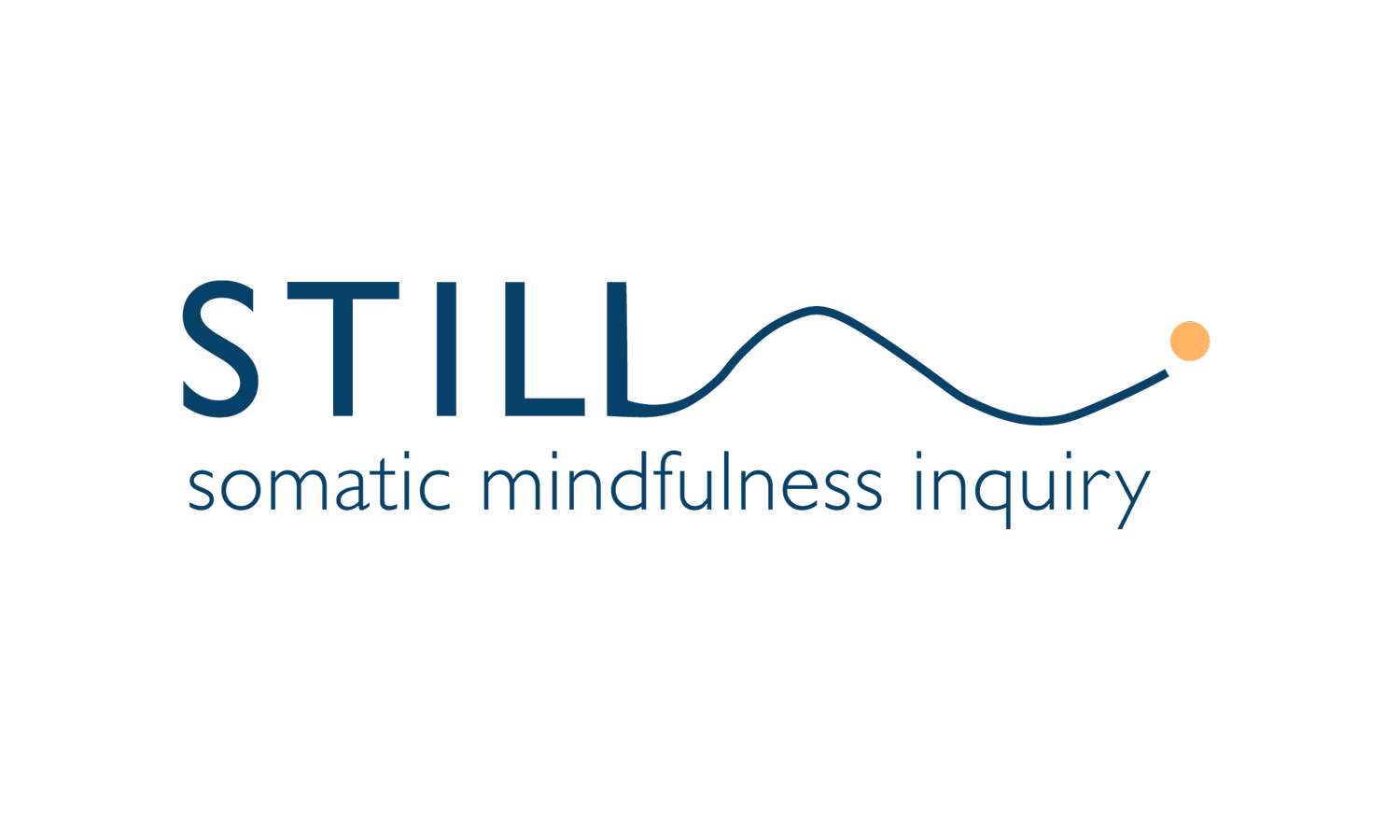Thrown Out of the Nest
“To be fully alive, fully human, and completely awake, is to be continually thrown out of the nest. To live fully is to be always in no-man’s land, to experience each moment as completely new and fresh.
When we are willing to stay even a moment with uncomfortable energy, we gradually learn not to fear it. We don’t become undone by fear and trembling, but we take it as a message that it’s time to stop struggling and look directly at what’s threatening us.” Pema Chodron
How can we develop the courage, strength and resilience to stop struggling and look, even when we are afraid? Like most everything else, it depends on our nervous system.
Our brain assesses danger through an unconscious process called neuroception. It brings information in from our senses, combines it with our past experience (much of it from when we were children with little agency), throws in a strong negativity bias (better safe than sorry), and activates a survival response like fight, flight, freeze or fawn.
This is not the best way to run our adult lives, and yet this is how it works. Somatic mindfulness gives us more and better options.
When you are reading signals of danger, pause and assess: who and what is alarming you?
Is there a clear and present danger? Do you need to take immediate action?
If not, resist the urge to go into fight/flight/freeze and stay with it to inquire.
Things we read as a social threat could include being around someone who is:
Disconnected and not paying attention to you (reminds you of a parent)
Has edgy energy (in flight or fight)
Eyes not focused or flitting around
Obviously nervous and dysregulated
Uses sarcasm or shows contempt to you or someone else in the room
Interrupts, mansplains or talks over people
Different views that show prejudice or lack of awareness of social justice
Bullies and excludes people
Has a brooding or dark energy
What needs to change for me to feel safe? Do I want to change them?
Often the threat we are responding to relates to the past, it is less dangerous to us now, and we have more agency and capacity to handle it as an adult.
Our nervous system is detecting danger and sending signals we are not safe. Emotional regulation gives signals to our nervous system that we are safe enough. Sharpening our neuroception and emotionally regulating creates new neural networks for safety and connection.
What are your options? Can you leave? Set a boundary with them? Decide to not engage with them in the future? Check out your neuroception with others?
If it is safe enough for you to stay, take your attention at least partially away from them, and instead focus on regulating your own nervous system through grounding and orienting, breath, and relaxation.
Hold your own hands, take some deeper breaths with longer exhales, feel your seat and feet, look around the room for cues of safety, engage with other safer people in the room, soften and relax your muscles.
You could also move your focus to the other people present. Enjoy what there is to enjoy. Let the person who makes you nervous move into the background of your awareness.
Understanding, Empathy, and Boundaries
As we become more regulated and less alarmed, we are more able to apply a trauma lens to their situation. We don’t necessarily welcome or feel comfortable with their expression and that is fine. We don’t want to override the signals from our nervous system. We are also not helpless when we are activated. We have tools to ground and orient to safety.
At the time or later, we might reflect on the background that led to that person being super anxious or annoying. We don’t do this to excuse the behavior. We do it to understand, perhaps connect with similar experiences we’ve had, and to be more accurate in the level of vigilance they activate in us. This is how we become more free.
We don’t get a gold star for being the one that always listens and helps friends to regulate. We’re not obligated to let people rant about injustice and how hard things are. Even when we feel compassion, we can set reasonable boundaries. We can say no when that is in our own best interest.
Working with somatic mindfulness in daily life builds capacity and resilience. By emotionally regulating ourselves, we give signals to your nervous system that the threat we are perceiving likely relates to the past, and that we don’t need to avoid it now. We are safe enough to stay.
“When you open yourself to the continually changing, impermanent, dynamic nature of your own being and of reality, you increase your capacity to love and care about other people and your capacity not to be afraid.” Pema Chodron
Join us Sunday to explore together! Click here for details.

